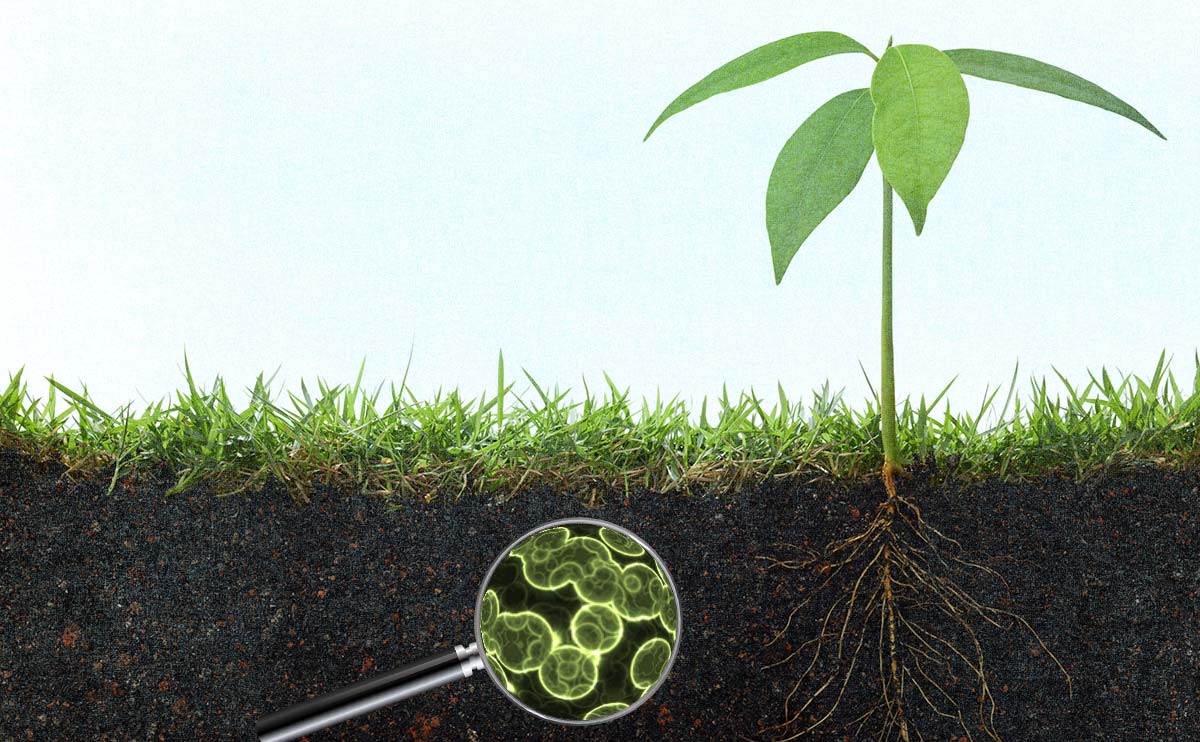Microorganisms in Your Soil and How They Help Your Garden
Taking a trip to your local garden supply store in search of the perfect soil can leave you with a headache. All this talk about scientific specifications, and microorganisms makes it all sound so complicated! Here’s what you need to know about microorganisms in your soil and why they’re important!
Most people when they think of soil, tend to think of it as an inanimate object, however soil is just as much, if not more ALIVE than the plants in your garden! Healthy soil is packed with microscopic organisms. In just one cubic meter of healthy soil, there are over 10 million microorganisms! These tiny animals are responsible for processing nutrients, and making them readily accessible for the plants in your garden. Plants require processed nutrients to live, seeing as they cannot absorb most nutrients if not broken down.
Once microorganisms have broken down everything they can, the left over material is called humus. It’s not quite the same humus that we dip crackers in… It is a dark brown jelly-like substance that helps the soil retain moisture, and helps the soil hold its structure. Good soil structure is essential to maintain proper air and water flow. Humus is also thought to combat many plant diseases.
Another benefit to soil microorganisms is what they leave behind. They secrete polysaccharides that act as a glue for the soil. These polysaccharides hold soil particles together, similar to the humus, and enhance the soils moisture and air content.
BigYellowBag’s Black Garden Soil is held to very strict standards when it comes to microorganism content. Our soil consistently contains at least %50 organic matter that will contain large amounts of microorganisms.
Now next time someone mentions microorganisms in your soil, you will understand how important they are to the overall health of your garden and lawn!

